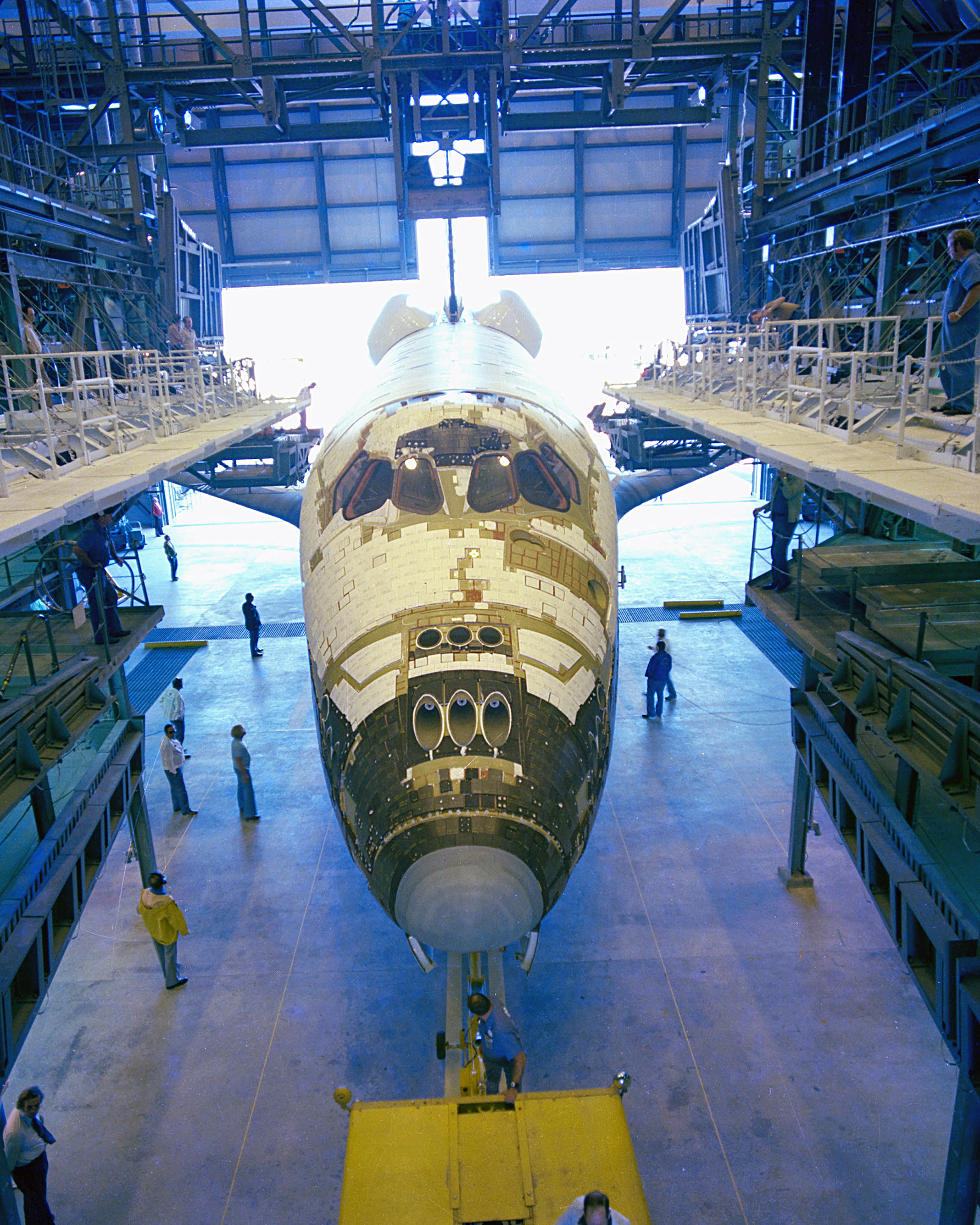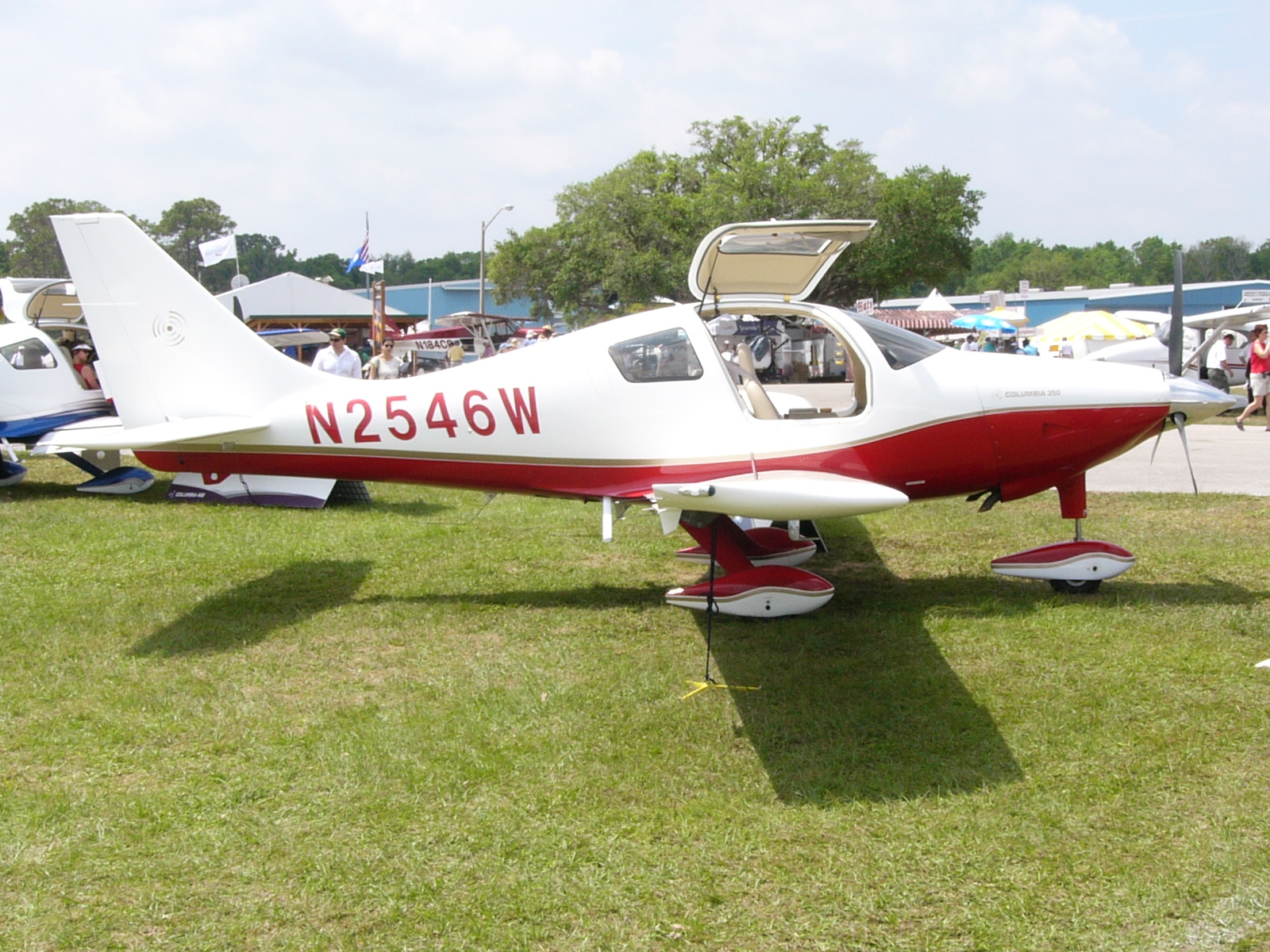|
Multifunction Display
A multifunction display (MFD) is a small-screen ( CRT or LCD) surrounded by multiple soft keys (configurable buttons) that can be used to display information to the user in numerous configurable ways. MFDs originated in aviation, first in military aircraft, and later were adopted by commercial aircraft, general aviation, automotive use, motorsports use, and shipboard use. MFDs in aviation Often, an MFD will be used in concert with a primary flight display (PFD), and forms a component of a glass cockpit. MFDs are part of the digital era of modern planes or helicopter. The first MFDs were introduced by air forces in the late 1960s and early 1970s; an early example is the F-111D (first ordered in 1967, delivered from 1970–73). The advantage of an MFD over analog display is that an MFD does not consume much space in the cockpit, as data can be presented in multiple pages, rather than always being present at once. For example, the cockpit of RAH-66 "Comanche" does not have a ... [...More Info...] [...Related Items...] OR: [Wikipedia] [Google] [Baidu] |
Volkswagen
Volkswagen (VW; )English: , . is a German automotive industry, automobile manufacturer based in Wolfsburg, Lower Saxony, Germany. Established in 1937 by German Labour Front, The German Labour Front, it was revitalized into the global brand it is today after World War II by British Army officer Ivan Hirst. The company is well known for the Volkswagen Beetle, Beetle and serves as the flagship marque of the Volkswagen Group, which became the world's largest automotive manufacturer by global sales in 2016 and 2017. The group's largest market is automotive industry in China, China (including Hong Kong and Macau), which accounts for 40% of its sales and profits. The name derives from the German words and , meaning . History 1932–1944: People's Car project Volkswagen was established in 1937 by the German Labour Front () as part of the Strength Through Joy () program in Berlin. In the early 1930s, cars were a luxury—most Germans could afford nothing more elaborate than a mo ... [...More Info...] [...Related Items...] OR: [Wikipedia] [Google] [Baidu] |
Space Shuttle
The Space Shuttle is a retired, partially reusable launch system, reusable low Earth orbital spacecraft system operated from 1981 to 2011 by the U.S. National Aeronautics and Space Administration (NASA) as part of the Space Shuttle program. Its official program name was the Space Transportation System (STS), taken from the 1969 plan led by U.S. vice president Spiro Agnew for a system of reusable spacecraft where it was the only item funded for development. The first (STS-1) of four orbital test flights occurred in 1981, leading to operational flights (STS-5) beginning in 1982. Five complete Space Shuttle orbiter vehicles were built and flown on a total of 135 missions from 1981 to 2011. They launched from the Kennedy Space Center (KSC) in Florida. Operational missions launched numerous satellites, interplanetary probes, and the Hubble Space Telescope (HST), conducted science experiments in orbit, participated in the Shuttle–Mir program, Shuttle-''Mir'' program with Russia, ... [...More Info...] [...Related Items...] OR: [Wikipedia] [Google] [Baidu] |
Avionics
Avionics (a portmanteau of ''aviation'' and ''electronics'') are the Electronics, electronic systems used on aircraft. Avionic systems include communications, Air navigation, navigation, the display and management of multiple systems, and the hundreds of systems that are fitted to aircraft to perform individual functions. These can be as simple as a searchlight for a police helicopter or as complicated as the tactical system for an airborne early warning platform. History The term "avionics" was coined in 1949 by Philip J. Klass, senior editor at ''Aviation Week & Space Technology'' magazine as a portmanteau of "aviation electronics". Radio communication was first used in aircraft just prior to World War I. The first Airborne radio relay, airborne radios were in zeppelins, but the military sparked development of light radio sets that could be carried by heavier-than-air craft, so that aerial reconnaissance biplanes could report their observations immediately in case they we ... [...More Info...] [...Related Items...] OR: [Wikipedia] [Google] [Baidu] |
Primary Flight Display
A primary flight display or PFD is a modern aircraft instrument dedicated to flight information. Much like multi-function displays, primary flight displays are built around a Liquid-crystal display or CRT display device. Representations of older six pack or "steam gauge" instruments are combined on one compact display, simplifying pilot workflow and streamlining cockpit layouts. Most airliners built since the 1980s—as well as many business jets and an increasing number of newer general aviation aircraft—have glass cockpits equipped with primary flight and multi-function displays (MFDs). Cirrus Aircraft was the first general aviation manufacturer to add a PFD to their already existing MFD, which they made standard on their SR-series aircraft in 2003. Mechanical gauges have not been eliminated from the cockpit with the onset of the PFD; they are retained for backup purposes in the event of total electrical failure. Components While the PFD does not directly use the ... [...More Info...] [...Related Items...] OR: [Wikipedia] [Google] [Baidu] |
Acronyms And Abbreviations In Avionics
Below are abbreviations used in aviation, avionics, aerospace, and aeronautics. A B C D E F G H I J K L M N N numbers (turbines) O P Q R S T U V V speeds W X Y Z See also * List of aviation mnemonics * Avionics * Glossary of Russian and USSR aviation acronyms * Glossary of gliding and soaring * Appendix:Glossary of aviation, aerospace, and aeronautics – Wiktionary References SourcesAerospace acronymsTerms and GlossaryAviada Terminaro verkita de Gilbert R. LEDON, 286 pagxoj. External links Acronyms used by EASAAcronyms and Abbreviations- FAA Aviation DictionaryAviation Acronyms and AbbreviationsAcronyms search engine by Eurocontrol {{DEFAULTSORT:aviation, avionics, aerospace and aeronautical abbreviations Abbreviations An abbreviation () is a shortened form of a word or phrase, by any method including shortening, contraction, initialism (which includes acronym), or crasis. An abbreviation may be a shorte ... [...More Info...] [...Related Items...] OR: [Wikipedia] [Google] [Baidu] |
Index Of Aviation Articles
Aviation is the design, development, production, operation, and use of aircraft, especially heavier-than-air aircraft. Articles related to aviation include: A Aviation accidents and incidents – Above Mean Sea Level (AMSL) – ADF – Accessory drive – Advance airfield – Advanced air mobility – Advanced technology engine – Adverse yaw – Aerial ramming – Aerial reconnaissance – Aerobatics – Aerodrome – Aerodrome mapping database (AMDB) – Aerodynamics – Aerofoil – Aerodrome beacon – Aeronautical Information Manual (AIM) – Aeronautical chart – Aeronautical Message Handling System – Aeronautical phraseology – Aeronautics – Aeronaval – Aerospace – Aerospace engineering – Afterburner – Agile Combat Employment (ACE) – Aileron – Air charter – Air defense identification zone (ADIZ) – Air freight terminal – Air traffic flow management – Air-augmented rocket – Airband – Airbase (AFB) – Airborne colli ... [...More Info...] [...Related Items...] OR: [Wikipedia] [Google] [Baidu] |
Columbia 300 (aircraft)
The Cessna 350 Corvalis is a composite construction, single-engine, normally aspirated, fixed-gear, low-wing general aviation aircraft that was built by Cessna Aircraft until the end of 2010. The aircraft was formerly built by Columbia Aircraft and called the Columbia 350 until late 2007. Design and development Columbia 300 Developed as the Model LC40-550FG (for '' Lancair Certified, Model 40, Continental 550 engine, Fixed Gear'') and marketed under the name Columbia 300, the aircraft was certified on September 18, 1998. Deliveries began in February 2000. The 300 is powered by a Teledyne Continental Model IO-550-N engine of 310 horsepower (230 kW) at 2700 rpm. The aircraft's maximum takeoff weight is 3400 lb (1542 kg) and the maximum landing weight is 3230 lb (1465 kg). The 300 has a certified airframe life of 25,200 flight hours. Columbia 350 The Columbia 300 was upgraded with a glass cockpit and other improvements developed for the turbocharge ... [...More Info...] [...Related Items...] OR: [Wikipedia] [Google] [Baidu] |
Type Certificate
A type certificate signifies the airworthiness of a particular category of aircraft, according to its manufacturing design (''type design''). Certification confirms that the aircraft of a new type intended for serial production is in compliance with applicable airworthiness requirements established by the national air law. For up to three seats, Airworthiness certificate#Special Airworthiness Certificate, primary category aircraft certification costs around US$1 million, US$25 million for a general aviation aircraft and hundreds of millions of dollars for a commercial aircraft; certification delays can cost millions of dollars and can decide a program's profitability. Authority A type certificate (TC) is issued to signify the airworthiness of the approved design or "type" of an aircraft to be manufactured. The TC is issued by a regulatory authority, and once issued, the design cannot be changed unless at least part of the process for certification is repeated to cover the changes ... [...More Info...] [...Related Items...] OR: [Wikipedia] [Google] [Baidu] |
Cirrus SR20
The Cirrus SR20 is an American piston-engined, four- or five-seat composite material, composite monoplane built since 1999 by Cirrus Aircraft of Duluth, Minnesota. The aircraft is the company's earliest type certificate, type-certified model, earning certification in 1998. It was the first production general aviation (GA) aircraft equipped with a Cirrus Airframe Parachute System, parachute to lower the airplane safely to the ground after a loss of control, structural failure, or midair collision. The SR series was also the first mass-manufactured light aircraft with all-composite construction and glass cockpit, flat-panel avionics. The SR20 was developed into the Cirrus SR22, which was introduced in 2001 and is the list of most-produced aircraft, most-produced GA aircraft of the 21st century. Design and development The SR20 mock-up was unveiled in 1994. The aircraft first flew on 21 March 1995 and Federal Aviation Administration, FAA certification was achieved on 23 October ... [...More Info...] [...Related Items...] OR: [Wikipedia] [Google] [Baidu] |
STS-101
STS-101 was a Space Shuttle mission to the International Space Station (ISS) flown by Space Shuttle '' Atlantis''. The mission was a 10-day mission conducted between 19 May 2000 and 29 May 2000. The mission was designated 2A.2a and was a resupply mission to the International Space Station. STS-101 was delayed 3 times in April due to high winds. STS-101 traveled 4.1 million miles and completed 155 revolutions of the earth and landed on runway 15 at Kennedy Space Center. The mission was the first to be flown by a shuttle equipped with a glass cockpit. Crew Spacewalks * ''Voss and Williams'' – EVA 1 * EVA 1 Start: 22 May 2000 – 01:48 UTC * EVA 1 End: 22 May 2000 – 08:32 UTC * Duration: 6 hours, 44 minutes Crew seat assignments Mission highlights The flight was originally given the designation "2A.2", serving as a logistics flight to carry cargo to the then-uncrewed space station, in between 2A.1/STS-96 and 3A/ STS-92. STS-101 was originally planned to arrive after ... [...More Info...] [...Related Items...] OR: [Wikipedia] [Google] [Baidu] |
Traffic Collision Avoidance System
A traffic alert and collision avoidance system (TCAS), pronounced ), also known as an Airborne Collision Avoidance System (ACAS), is an aircraft collision avoidance system designed to reduce the incidence of mid-air collision (MAC) between aircraft. It monitors the airspace around an aircraft for other aircraft equipped with a corresponding active Transponder (aviation), transponder, independent of air traffic control, and warns pilots of the presence of other transponder-equipped aircraft which may present a threat of MAC. It is a type of airborne collision avoidance system mandated by the International Civil Aviation Organization to be fitted to all aircraft with a maximum take-off mass (MTOM) of over or authorized to carry more than 19 passengers. In the United States, Federal Aviation Regulations, CFR 14, Ch I, part 135 requires that TCAS I be installed for aircraft with 10–30 passengers and TCAS II for aircraft with more than 30 passengers. ACAS/TCAS is based on secondary su ... [...More Info...] [...Related Items...] OR: [Wikipedia] [Google] [Baidu] |






